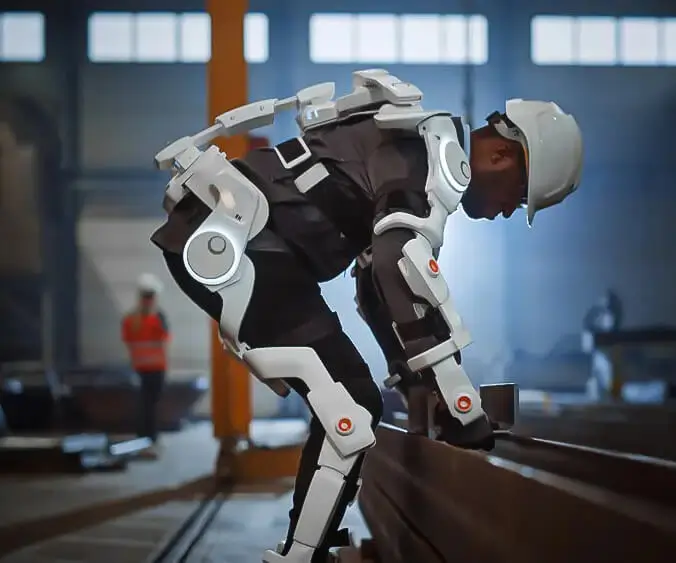Ever looked at a cordless drill or a toy car and wondered, “What’s the real difference between these motors?” For many, it’s a puzzle—brush vs brushless motors. Let’s peel back the curtain and see what’s going on.

So, picture this: a brushed motor is like that old-school rotary phone. It’s simple, reliable, kind of nostalgic. Inside, you have brushes pressing against a commutator, creating the electrical contact that turns electricity into motion. That design is straightforward, and for many casual uses, it’s enough. You push a trigger, and boom—that’s torque. But there's a catch: that contact creates friction and sparks, which wears down parts eventually.
Now, switch gears to a brushless motor—no brushes, no commutator. Instead, it uses electronic switches that power magnets around a rotor. Think of it as upgrading from an old dial-up modem to fiber optic internet. The absence of brushes means fewer moving parts, less friction, and way more efficiency. Plus, it’s cooler—literally. No sparks, less heat, more smoothness. That translates to potentially more torque, especially at higher speeds, and longer-lasting performance.
Here's a question: "Which one produces more torque?" It depends. Initially, brushed motors can produce a decent punch, especially at lower speeds. But as you push them harder, their torque drops off faster because of heat and brush wear. Behind the scenes, brushless motors boost that torque at higher revolutions thanks to better magnetic design and superior control algorithms.
Companies like KPOWER have really dialed in the details here. Their brushless models harness those efficiency gains, delivering more torque with less heat buildup. Whether you’re into precise drone flying or heavy-duty power tools, brushless motors often feel like they’re giving you more juice for your effort.
Speaking of quiet—brushless motors are just quieter. Ever try running a drill on the highest setting? That whine isn’t just noise; it’s a sign of stress. Brushless motors hum along smoother, feeling like they’re barely working hard even when they’re producing serious torque.
Of course, it’s not all roses. Brushless motors usually come at a higher upfront cost. But if you want longevity, reliability, and a bit more power in the tank, they turn out to be smarter bets, especially over cycles and years.
Now, if you’re really thinking about power, think about the application. Do you need quick bursts of torque or steady, sustained force? Brushed motors might serve well in lightweight, low-cost scenarios. But for anything demanding, brushless is like having a turbo boost on demand.
In the end, it’s about choosing what suits your needs. Do you want simplicity and affordability? Or are you after efficiency, more torque, and a smoother ride? Either way, understanding the core difference helps you pick smarter. Because when it comes to motors, a little knowledge goes a long way.
Kpower has delivered professional drive system solutions to over 500 enterprise clients globally with products covering various fields such as Smart Home Systems, Automatic Electronics, Robotics, Precision Agriculture, Drones, and Industrial Automation.




































